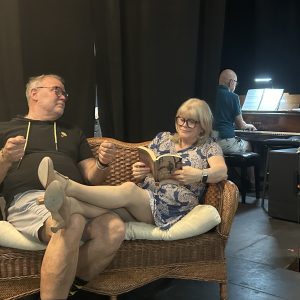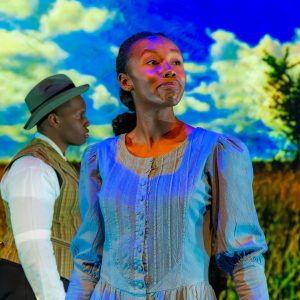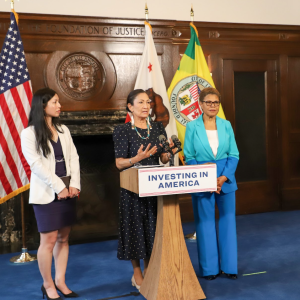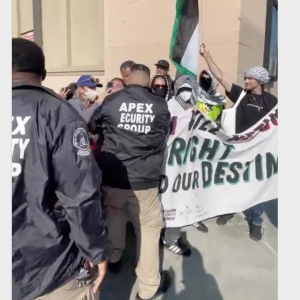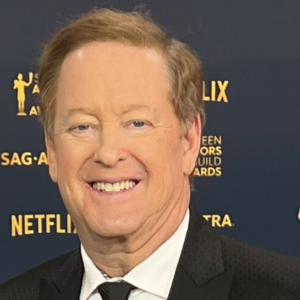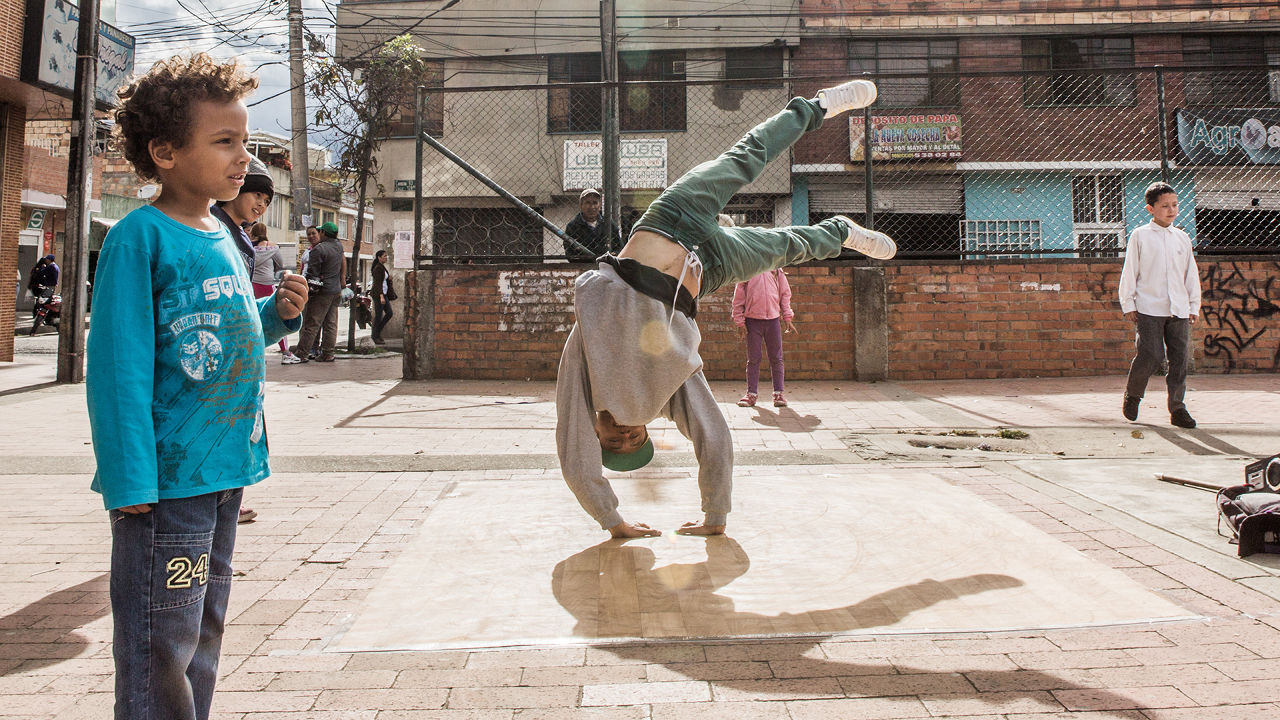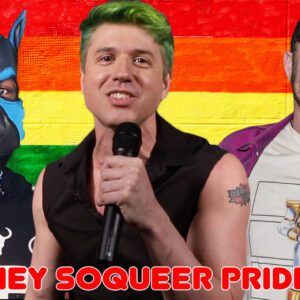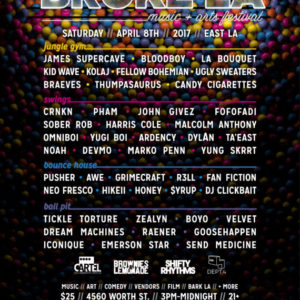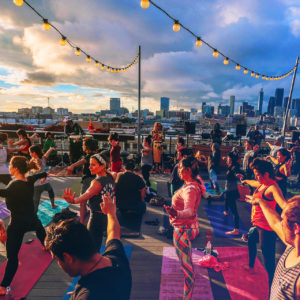 View Winners →
View Winners → 
From executive producer and rapper Nasir “Nas” Jones and journalist-turned-filmmaker Adam Sjöberg, “Shake the Dust” chronicles the influence of breakdancing, exploring how it strikes a resonant chord in the slums, favelas and ghettos of the world and far beyond.
We had a chance to watch the documentary and catch up with director Adam Sjöberg about his influential project. He talked about the importance of hip hop, living in Harlem and the hardships of traveling solo to Third World countries.
LACANVAS: How did the idea for “Shake the Dust” first come about?
ADAM SJÖBERG: The real effort to make this film started when I was living in Harlem, New York. I come from a photography background, but around that time, I started dabbling in documentary filmmaking. I remember thinking how seldom we see films that are purely there to dignify people who live in underserved communities or post-conflict zones. Then, I came across a YouTube video of a Ugandan kid breakdancing – I started researching and watching more videos. And, before I knew it, I knew this was the story I had to tell.
LAC: How do you approach a project like this, as far as research goes?
AS: I first started digging around on the internet, as we do in modern times. While I as living in Harlem, I started getting to know the dance community there. I went to practices of the local organization of East Harlem called Kr3ts (Keep Rising To The Top) and went an underground breakdance battle in the Bronx. I also watched all the big hip hop documentaries and films from the 80’s until now and tried to absorb all I could. And, in mid 2010, I bought a plain ticket and headed to Uganda on a whim. Someone had connected me with an organization there called Breakdance Uganda. I met with them and that was the beginning of a long relationship with friends from there.
LAC: What was your relationship like with hip hop before this film?
AS: I’ve been a hip hop fan for a long time. I love to dance, but I’m not a breakdancer. But, certainly once I started working on this project, my passion for it increased significantly. It’s such an immersive culture. And now, having been to all corners of the globe and seeing the stretch and reach of that culture, there is no way that it wasn’t going to kind of take over for me.
LAC: Did you try breakdancing at all during the process?
AS: Yeah, I’ve tried, but I wouldn’t show anyone.
LAC: How was your experience visiting the third world countries featured in the film?
AS: Incredible. I have a soft spot for Uganda in particular, just because I spent the most time there. I went back there 5 or 6 times. The more times you spend in these kinds of places, the less culture shock you feel. You move past the initial shock and everyone just sort of becomes people. That is a really freeing experience. It’s something that only consistently spending time there can do. Once you stop seeing all the things that make you uncomfortable, it’s very equalizing.
LAC: Did you come into direct contact with any issues these slums are facing, such as violence or drugs, on your trips?
AS: Certainly. Even some of the faces you see in the film… there are some sad stories there. Some people have fallen into drugs or gang violence.
LAC: How did you approach the people in the film?
When I went into these communities, I said “What is your story? You tell me.” And they did. I tried to stay very closely to that. Most of these break dancers, even though they have come from horrible backgrounds, have turned their lives around because of breakdancing.
LAC: What do you think it is about hip hop and breakdancing that people are universally drawn to?
AS: I think it’s a lot of things. I can only speak from my experience of what I saw and what they told me, but it’s certainly the community aspect of it. It’s kind of family-oriented and a lot of these kids don’t have families, so their crew became their family. Any sport, really, can have that power over someone’s life. When you’re pushing yourself to do things that seem almost physically impossible, it changes you from the outside in because all the sudden you have a perception of yourself that’s different that what you were subliminally raised to think in the slums, which is, “I am nothing.” And then there’s the element of being able to rename yourself something new. Every B-Girl or B-Boy has a B-Girl or B-Boy name and I think there is something transforming in that.
LAC: What would you say was the most rewarding part about this process?
AS: The experiences filming. It was really hard and there were times that were really lonely because I did the majority of filming by myself. Even though it was lonely, it was a huge growing experience. It really stretched me. It shifted my world view for the better.
“Shake the Dust” screens at the TCL Chinese Theater, Hollywood from May 15 – May 21, 2015




















